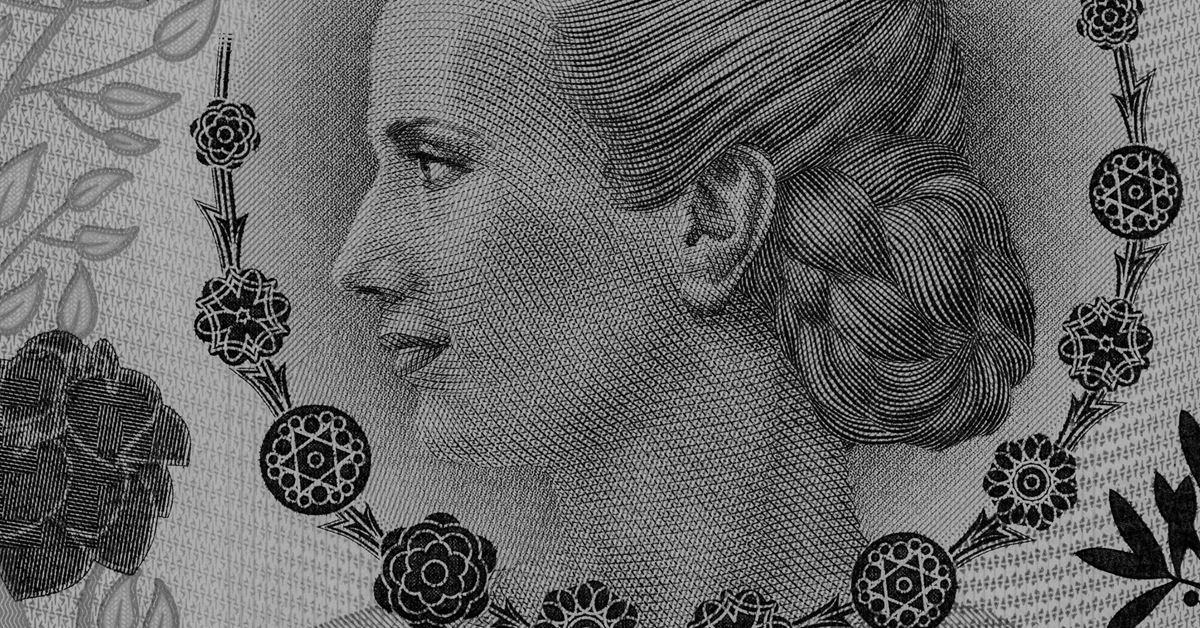
The Amazing Story of the Remains of Evita (Eva) Perón of Argentina
Published on December 22, 2022
- Funeral complex
Some public figures leave their mark on the collective memory because of their actions, and sometimes their memory is reinforced by the historical context or the events surrounding their death.
This is the case of Maria Eva Duarte de Perón, nicknamed Evita, Argentine actress and politician. Born in 1919, she married Colonel Juan Domingo Perón in 1945, who was elected president the following year, making Evita the first lady of Argentina. She was only 33 years old when she died prematurely in July 1952 of a fulminating cervical cancer.
During her short life, she led a number of battles, including the fight for women's right to vote (enacted in 1947) and for legal equality for spouses. She founded the Women's Peronist Party and was actively involved with the poor, especially through the Eva Perón Foundation.
Because she was loved and admired by one and all, the death of the "Madonna of the Descamisados" (Madonna of the Shirtless) aroused great emotion among the population. She was paid unprecedented tribute with a grand funeral and even a month of national mourning was declared in her honour.
Desecration of Evita's corpse
At her husband's request, Evita's body was quickly embalmed so that her image of beauty would remain unaltered in the minds of the people at her wake. A viewing of her body then took place at the headquarters of the CGT, a central labour body.
In September 1955, as part of the Liberating Revolution initiated by the military dictatorship, Perón's government was overthrown by a coup d'état. As a result, the ruling forces wanted to eliminate all traces of Evita, and in December, a commando was sent to remove her body, which would then be moved from place to place before being buried under a false name in Italy, in a secret location. In this way, they wanted to avoid her becoming a mythical symbol for the Peronist resistance. Her remains thus remained hidden for more than twenty years, leading to the most unusual rumours as to their location.
Restitution of her remains
After his downfall, Juan Perón went into exile, first in Paraguay and then in various South American countries, before settling in Spain. His wife's remains were returned to him in 1971, when they were deposited in front of his home in Madrid, which he shared with his third wife, Isabel.
Juan Perón then returned to Argentina in 1973 with Isabel, the year he was re-elected president, and his wife became vice-president. When Juan Perón suddenly died in 1974, Isabel succeeded him as president and arranged for the repatriation of Evita's body to Buenos Aires.
Domingo Tellechea, a specialist in the restoration of works of art, antiquities and human remains, was then commissioned to restore Evita's remains to a state suitable for public viewing—a task he carried out in a crypt in the presidential residence on the outskirts of the capital. Despite some damage, the body was well preserved, because it had been embalmed.
When he had finished his work, a viewing of Evita's body was once again held for the public, alongside the one for her husband. Following another coup d'état, Domingo Tellechea had to go into exile for fear of reprisals from the dictatorship once again in power.
In October 1976, Eva Perón's body was finally laid to eternal rest in La Recoleta Cemetery, next to the remains of the Duarte family, in a fortified crypt buried five metres underground.
A mythical figure for Argentines, Evita Perón has been immortalized in films, theatre, place names and numerous works. Her tomb remains the most visited in La Recoleta Cemetery.
Sources :
https://www.lemonde.fr/archives/article/1971/09/06/la-depouille-mortelle-d-evita-est-rendue-au-general-peron-la-madone-des-descamisados_3061895_1819218.html
https://www.bbc.com/news/magazine-18616380
https://fr.wikipedia.org/wiki/Eva_Per%C3%B3n
https://fr.wikipedia.org/wiki/Juan_Per%C3%B3n
https://perspective.usherbrooke.ca/bilan/servlet/BMEve/988
https://www.routard.com/forums/t/eva-peron-et-les-ames-de-recoleta/199990